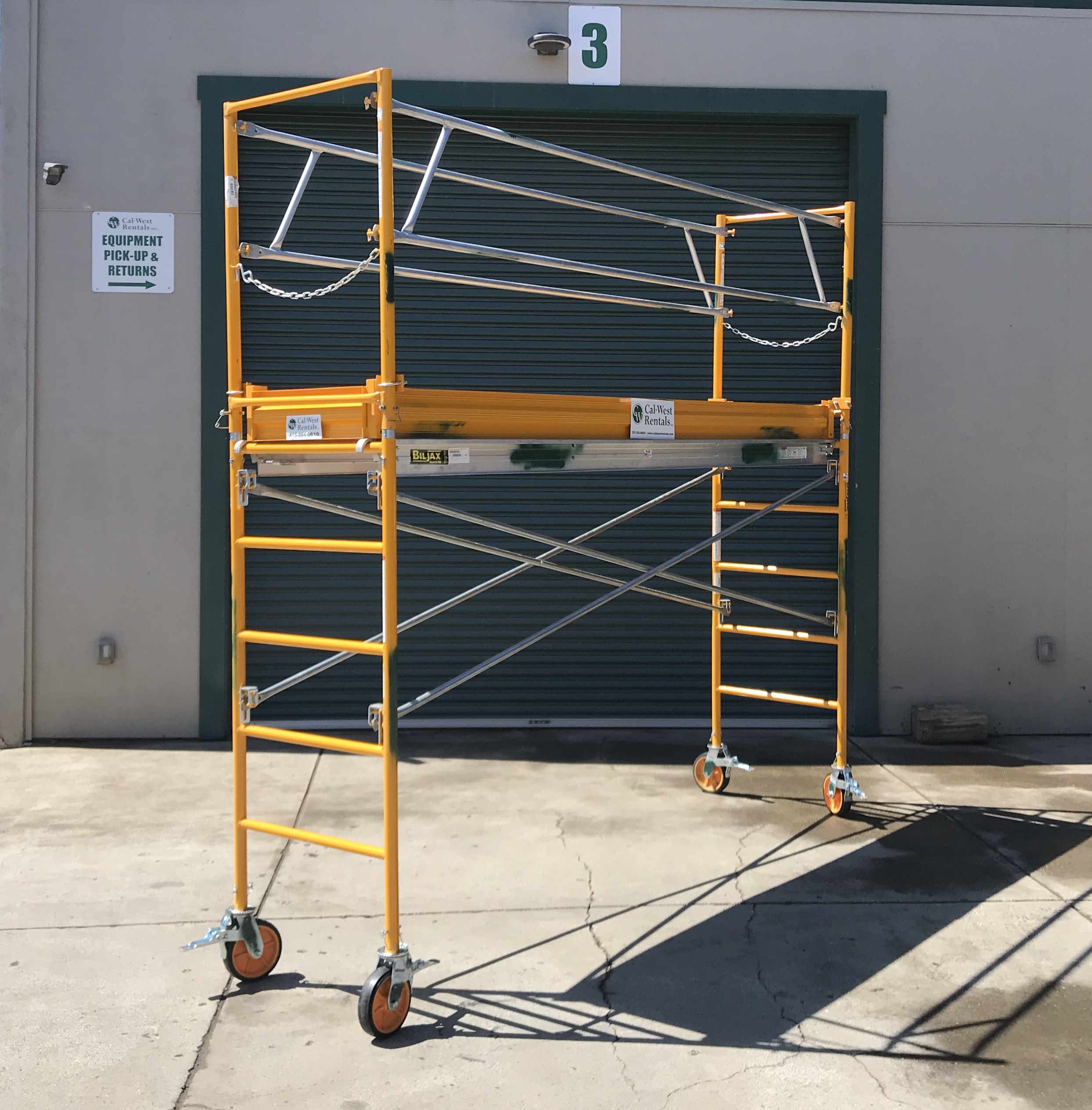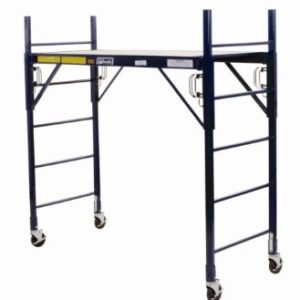The Pros and Cons of Leasing vs. Acquiring Scaffolding
Scaffolding in High Winds: Safety Measures and Tips ===================================================
In high winds, focus on scaffolding stability through wind tons estimations and correct style. Assurance safe anchoring making use of methods like ground screws and tie-downs. Regular assessments and maintenance checks are vital for safety. Gear up employees with essential PPE and safe and secure devices and materials. Develop emergency situation feedback procedures, including training and communication plans. A comprehensive scaffold safety and security strategy enhances preparedness. Minimize threats through normal drills and practice. Improve safety by recognizing evacuation routes and designating emergency leaders. For a thorough understanding of scaffolding security in high winds, comply with these standards.
Wind Score for Scaffolding
When evaluating the wind rating for scaffolding, it is very important to think about the architectural honesty and stability of the scaffolding system under various wind speeds. Scaffolding style plays a significant duty in establishing its capacity to stand up to varying wind loads. Correct wind load estimations are important to assure that the scaffolding can safely support workers and materials in windy conditions.
The layout of the scaffolding must consider factors such as the elevation of the structure, the spacing of cross dental braces, and the kind of materials used. These components contribute to the overall security of the system when subjected to wind forces. Wind load estimations entail evaluating the wind pressure on the scaffolding based on aspects like the geographical area, ordinary wind speeds, and the surface of the framework.
Appropriate Securing Methods
When establishing scaffolding in high winds, correct anchoring techniques are important to ensure security and safety and security. Protected base assistance, wind-resistant tie-downs, and normal examination checks are key points to consider for reliable anchoring. https://bayswaterscaffolding.co.uk
Protect Base Assistance
Utilizing efficient anchoring techniques is vital for guaranteeing the security and safety and security of scaffolding in high winds. Base stability is important in standing up to the pressures put in by solid winds. Properly anchoring the scaffolding to a strong foundation, such as a concrete piece or durable ground, aids distribute the wind pressure and protect against tipping or falling down.
The assistance structure should be securely fastened to the base to enhance wind resistance. Supports like screw-in ground anchors or heavy counterweights can be utilized to strengthen the scaffolding's security. By making sure a safe base support via suitable anchoring strategies, the scaffolding comes to be more durable versus wind forces, reducing the danger of crashes and improving total safety on the worksite.
Wind-resistant Tie-downs
To enhance the security and wind resistance of scaffolding in high winds, applying wind-resistant tie-downs through appropriate anchoring methods is crucial. Tie-down performance is vital in guaranteeing the scaffolding can hold up against solid winds.
Using wind-resistant materials for tie-downs, such as heavy-duty bands or cables, can substantially boost the overall stability of the structure. When securing the scaffolding, it is essential to protect the tie-downs to stable and unmovable structures, such as the structure itself or ground supports.
Appropriate tensioning of the tie-downs is likewise crucial to prevent any slack that might compromise the performance of the anchoring system. By using wind-resistant tie-downs and following correct anchoring methods, the scaffolding can better endure high winds and make sure a much safer work environment.
Regular Assessment Checks

Normal evaluation checks play an important role in assuring the proper anchoring methods of scaffolding are maintained to hold up against high winds effectively. Examination frequency need to comply with security criteria, which commonly require examinations prior to preliminary use, after any type of event that can affect stability, and at normal periods afterwards.
These checks guarantee that anchoring systems are secure, links are limited, and components are without damage or destruction. Inspections need to consist of verifying the honesty of tie-down factors, ensuring correct tension in tie-down systems, and analyzing the condition of anchor screws or screws.
Any type of issues identified during examinations need to be quickly addressed to avoid structural failings and make sure the safety of employees and the general public.
Inspection and Upkeep Protocols
Maintenance routines should be strictly complied with in order to guarantee the architectural stability of scaffolding in high wind conditions. Regular inspections are necessary to recognize any concerns quickly and make sure the security of employees. Here are key points to consider:
Maintenance Set Up: Create a detailed upkeep routine that includes regular look for deterioration, rust, and architectural security.
Inspection List: Use a thorough evaluation list that covers all crucial parts such as joints, links, and base plates.
Safety and security Training: Ensure that employees conducting examinations are appropriately learnt scaffold security and evaluation methods.
Devices Screening: Conduct routine testing of devices such as guardrails, toe boards, and tie-offs to verify their performance.
Personal Safety Equipment (PPE)
Personal Safety Devices (PPE) is essential for making sure the safety of workers on scaffolding, particularly in high winds. This consists of devices such as hard hats, handwear covers, safety harnesses, and non-slip shoes.
Appropriate upkeep and normal inspections of PPE are essential to assure their effectiveness in protecting employees at raised elevations.
Necessary PPE for Workers
Employees taking part in scaffolding activities in high winds should be equipped with necessary Individual Safety Equipment (PPE) to ensure their safety and security at work site. The following PPE is crucial for employees in such conditions:
- Hard hats to safeguard the head from falling things
- Safety harnesses to stop drops from elevations
- Safety and security goggles to shield the eyes from particles and wind
- High-visibility vests to assure presence in low-light and high-wind scenarios
Proper maintenance of PPE is vital to ensure its effectiveness, and device safety and security actions should remain in area to stop items from falling off scaffolding, threatening workers below. By focusing on using proper PPE, workers can reduce threats and job securely in tough settings.
Proper PPE Upkeep
To assure the performance of protective equipment, constant assessment and maintenance of the important equipment utilized by people in high-wind scaffolding environments is crucial. Regular PPE assessment is vital to make certain that the gear continues to be in good condition and supplies the necessary defense.
Safety guidelines advise checking for any signs of damages, such as rips, splits, or weakened straps, and promptly replacing any kind of jeopardized tools. In addition, proper storage of PPE when not being used is fundamental to prevent degradation and keep its effectiveness.
Regular cleaning and upkeep complying with producer directions can assist extend the life expectancy of the equipment and make sure that it functions as meant in high-wind problems, safeguarding workers from prospective threats.
Securement of Devices and Materials
Making certain that devices and materials are properly safeguarded is crucial when servicing scaffolding in high winds to avoid mishaps and keep a risk-free workplace. Appropriate device company and material storage space practices play a critical role in avoiding things from becoming unsafe projectiles. Furthermore, normal equipment upkeep is vital to guarantee devices remain in great working condition and less most likely to malfunction in challenging weather. Security training is also vital for all workers involved in scaffolding tasks, as it equips them with the understanding and abilities essential to deal with tools and materials safely also in damaging weather condition.
- Secure Tools: Use tool belts or tethering systems to avoid tools from dropping.
- Steady Material Storage Space: Stack products safely to avoid them from being blown away.
- Regular Tools Checks: Evaluate devices regularly to recognize and attend to any type of problems without delay.
- Comprehensive Safety And Security Training: Make sure all workers are learnt proper tool handling and storage treatments to lessen threats.
Emergency Reaction Procedures
In the event of unexpected emergencies while dealing with scaffolding in high winds, swift and well-coordinated feedback treatments are crucial to ensure the safety and well-being of all people involved. Carrying out routine emergency drills can aid familiarize workers with emptying procedures and make sure a fast and effective feedback in situation of emergencies. scaffold tower It is important for all employees to be skilled in the emptying courses and assembly points to facilitate a smooth and orderly discharge procedure. Additionally, assigning particular people to take charge during emergencies and interact guidelines plainly to all workers can aid protect against panic and complication.
Emergency situation feedback procedures should be clearly described in the scaffolding safety and security plan, describing step-by-step instructions on how to respond to various kinds of emergency situations, such as high winds, devices failure, or clinical events. Routinely evaluating and practicing these procedures can assist guarantee that all employees are prepared to respond properly in high-stress situations. By prioritizing emergency readiness and feedback training, workers can mitigate threats and improve overall security when servicing scaffolding in high winds.
Often Asked Questions
Can Scaffolding Be Utilized in Extreme Climate Conditions Such as Hurricanes or Tornadoes?
Scaffolding should not be made use of in severe weather like hurricanes or twisters as a result of safety and security risks. Emergency situation procedures have to remain in location, and making use of wind-resistant materials can alleviate potential threats associated with strong winds.
Are There Any Specific Weight Purviews for Scaffolding in High Wind Locations?
Weight limitations and wind security are necessary factors in making sure the security of scaffolding in high wind areas. These restrictions differ based upon the scaffolding kind and design. Sticking to supplier standards and industry requirements is crucial.

How Frequently Should Scaffolding Be Inspected for Wind Damages?
Constant wind damage assessments are essential to assure the security and honesty of scaffolding structures. Assessments need to be performed a minimum of once a week or after any type of considerable climate occasion to identify and resolve prospective dangers quickly.
What Sort Of Personal Protective Equipment (Ppe) Is Suggested for Servicing Scaffolding in High Winds?
When working on scaffolding in high winds, it is vital to focus on safety by using suitable individual safety devices (PPE) such as helmets, safety harnesses, and non-slip shoes. Carrying out these safety measures can help protect against accidents and guarantee device safety.
Just how Should Devices and Materials Be Guaranteed on Scaffolding to stop Them From Being Blown Away in Strong Winds?
To prevent tools and products from being blown away in strong winds on scaffolding, secure them utilizing correct device organization strategies and wind-resistant fastening approaches. Applying safety measures such as tethering devices and weighting down materials can mitigate dangers.
Verdict
To sum up, making sure the security of scaffolding in high winds requires adherence to wind rating standards, proper anchoring strategies, regular evaluation, and maintenance.
It likewise entails using personal safety tools, securement of devices and materials, and knowledge of emergency reaction procedures. By adhering to these preventative measures and pointers, workers can lower the risk of mishaps and injuries while working on scaffolding in windy conditions.